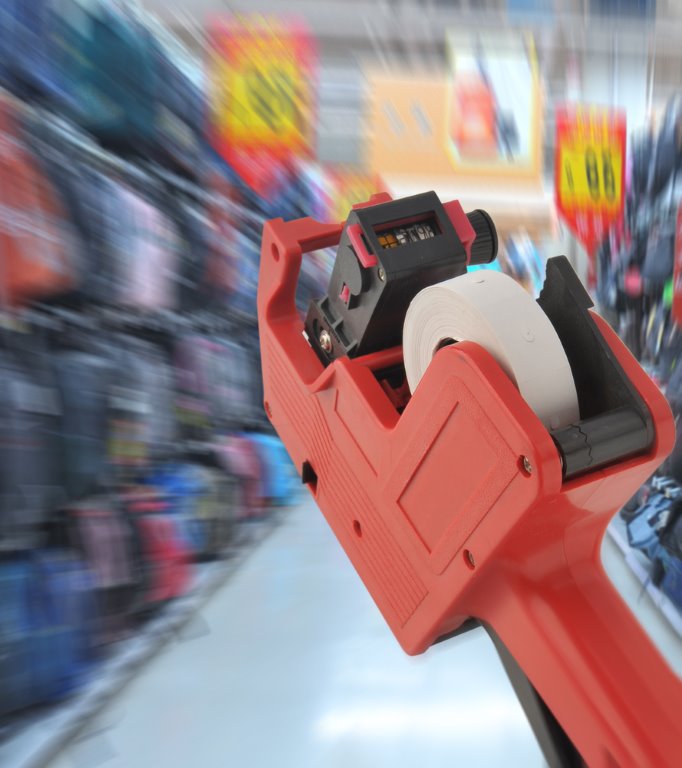 3 Options for New Consumer Brands
3 Options for New Consumer Brands
There is a limited amount of shelf space out there for new consumer brands. So, if you are someone trying to get your new brand into that precious space, you basically have only three options: you can wait for another brand to be discontinued; you can watch for other brands to sell out and not be replaced; or you can jump on the opportunity when another brand falls victim to a brand representative’s neglect.
It’s hard to believe that a brand as big as Barefoot Wine was once the target of competing salespersons who wanted to kill it. We learned the hard way that brand building in the consumer products retail space requires constant vigilance. When Barefoot first began to get shelf space as a new brand, we had a very difficult time keeping it on the shelf. It wasn’t that it didn’t sell. It sold alright. In fact, it sold out – and wasn’t replaced. That vacancy was quickly snapped up by a competitor – and then there was no room for Barefoot.
There were a variety of reasons why our product did not sell that had nothing to do with our price or our quality. Our small sales signs were regularly removed. The reorder tags would disappear resulting in no reorders. The bottles were mispriced, resulting in slow sales. The scanner wouldn’t be programmed correctly, resulting in no sales registered. The backdoor codes would be wrong resulting in rejected shipments. This is the inglorious reality of consumer-product brand building at the retail level.
Logo, Catchphrase & Awards Will Not Keep New Consumer Brands on the Shelf
When we talk to students and entrepreneurs about brand building throughout the country, and lately, around the world, they often think our success in building the Barefoot brand was due to the cute foot, the compelling catchphrase, the gold-medal winning wines, and/or the affordable price. When we started out, we thought the same thing! But it wasn’t the case. Sure, you need all those attributes. But what made the big difference for us, and for other successful consumer-product brand builders, was overcoming the attempts at early assassination in the marketplace itself.
When you are new, you may not get a top-of-the-line distributer. You may have to settle for anyone who will take you. When you are new, you must quickly be a big hit in every store where your product is placed. Otherwise, you’ll suffer the sticky reputation of being a “slow mover.” When you are new, your competitors have an interest in seeing your brand die because they don’t want it taking space away from their brands.
It’s easy to kill a new brand, and the market knows it. Owners of new brands tend to be folks who are naïve to the realities of the retail market. They operate under the misconception that somehow their distributor or their retailer will protect their brand because it is so good. Forget about it!
Vigilance to Keep Brand Alive
The effort to keep Barefoot alive in the early days took a surprising amount of time, energy, focus, and money. We found we needed to have our own representative in every market just to keep the brand alive. We also discovered that we could not grow faster than we could provide in-person vigilance and field support in each new market. That meant a big investment in distribution management. And that meant slow growth since we relied on cash flow to pay for all new representatives.
If you really want to build a consumer brand at retail, build an army – and your brand just might get the reputation that Barefoot Wine got in the marketplace all those years ago: “The brand that would not die!”



